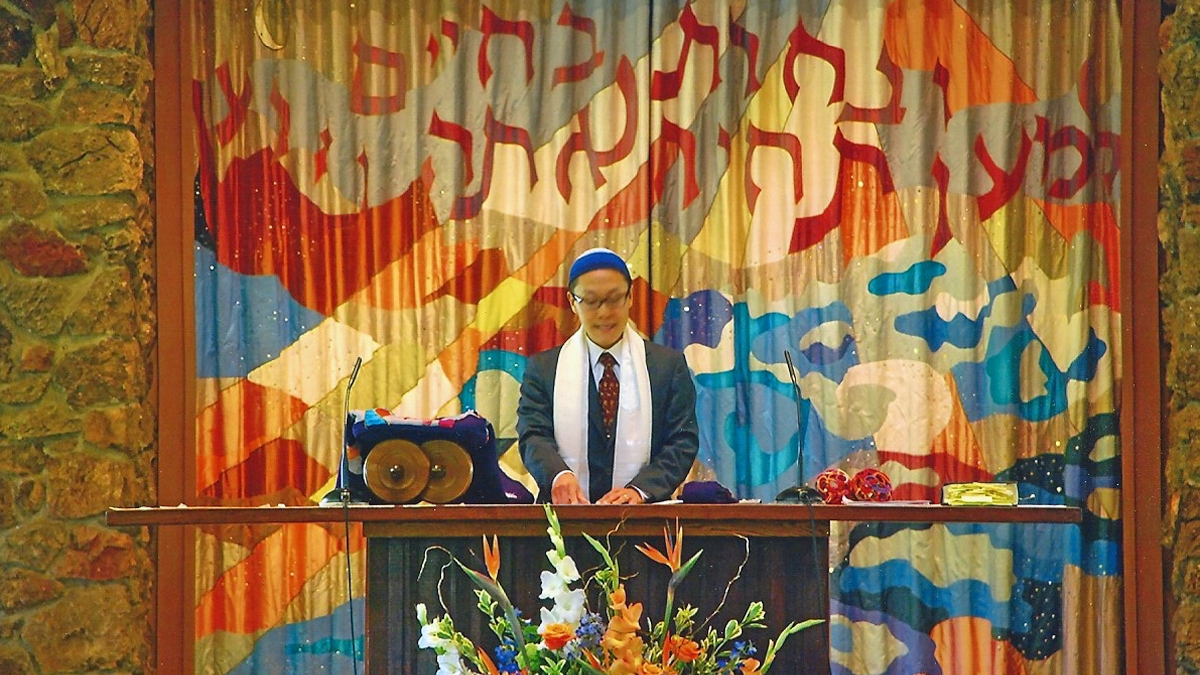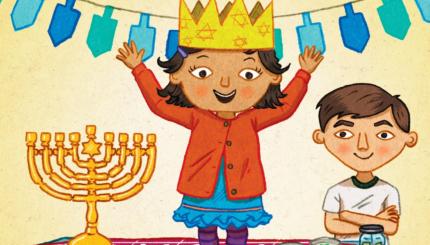We were up next. During the next 30 minutes, we made our case to the panel on why they should invest. We weren’t pitching a business plan to a room full of venture capitalists, nor were we being grilled by investors on an episode of “Shark Tank.” We were pitching the value of Jewish diversity to the annual teen philanthropy retreat of the Jewish Community Federation of San Francisco, the Peninsula, Marin and Sonoma Counties.
For the past four years, I’ve served on the advisory board of Be’chol Lashon, an organization that strives to grow and strengthen the Jewish people through ethnic, cultural, and racial inclusiveness. While I expected these teens to benefit from learning about giving, what I didn’t expect was how much Be’chol Lashon’s work promoting diversity within the Jewish community would also resonate with them.
Perhaps one of the reasons why the subject of inclusiveness in the Jewish community resonated with the teens is because multiracial children are the fastest growing youth group in the country. As a result, Jewish Millennials and Gen Zers (those born from the mid-1990s to the early 2000s) are more diverse. This also means that Jews are more diverse than previous generations. According to Be’chol Lashon’s research, over 20% of America’s six million Jews are African American, Latino, Asian, mixed race, Sephardic, and/or Mizrahi.
Just how personal Jewish diversity was became clear as I facilitated an exercise for the teens about these changing Jewish demographics. I asked the students to raise their hands in answer to a series of questions about their own racial, ethnic, and Jewish identities. Then I followed up and inquired, “Were the responses from others what you expected?” and, “Did anything surprise you?”
While this exercise was designed to challenge the group’s assumptions, it also helped me recognize my own assumptions and misperceptions. I assumed most of the teens in the room were born Jewish, so imagine my surprise to see many hands raised when I asked who was a Jew by choice. Also, when I asked, “Has anyone ever told you that you don’t look Jewish?,” my eyes were opened to how many teens shared this feeling, including a few white teens.
I was also happily surprised to meet a young woman from my own congregation in Los Altos Hills. Her mom is Asian and converted to Judaism while her dad is white and was born Jewish. We both shared stories of when others questioned whether we were authentic Jews. She asked me about how my own kids’ Chinese and Jewish identify. I told her that, honestly, some days our kids don’t identify with either. But when they do, we help them work towards not having to choose one heritage over another—because they are part of both.
Beth Am is a community that values people without regard to race,age, sexual orientation, ability level, or financial station. This is one of the main reasons I felt comfortable, as a Chinese American, converting to Judaism nearly 10 years ago and then becoming a Bar Mitzvah six years ago. Since then, it’s also become clear to me that Jews across the world don’t fit the narrow conception that they are mostly white and Ashkenazi. In fact, this flawed and limited perception often complicates conversations about race in the Jewish community.
How can we continue to keep our eyes and minds open and challenge our assumptions of who is and should be Jewish? If we embrace the idea that Jews are a multicultural people who all over the world, and we look like where we live, then perhaps it’s much easier to ask ourselves, How do we create Jewish communal spaces that reflect the true diversity of the American and global Jewish community? It begins with a willingness to embrace people who don’t mirror our own background, appearance, practices, and beliefs. As with philanthropy, welcoming diversity in our midst requires training, experience, and a commitment to community.
Recently, I learned the wonderful news that Be’chol Lashon was one of the organizations to receive funding from the Jewish Teen Foundation. But I believe the organization’s true gift is the message we’ve been able to impart to our next generation: No matter what you look like, no matter where you come from, you’re part of the Jewish family and you’re always welcome.



